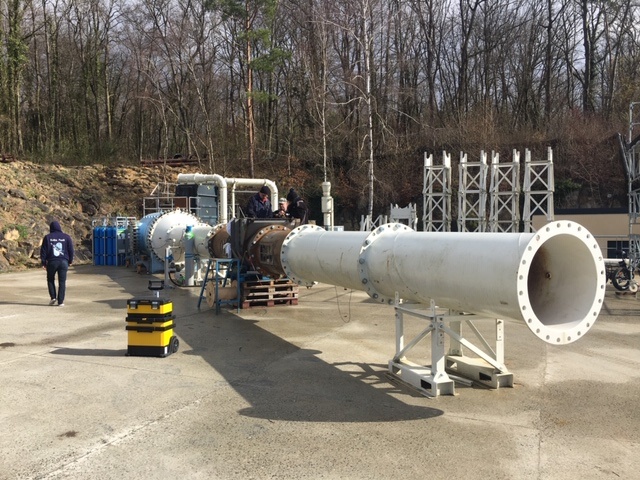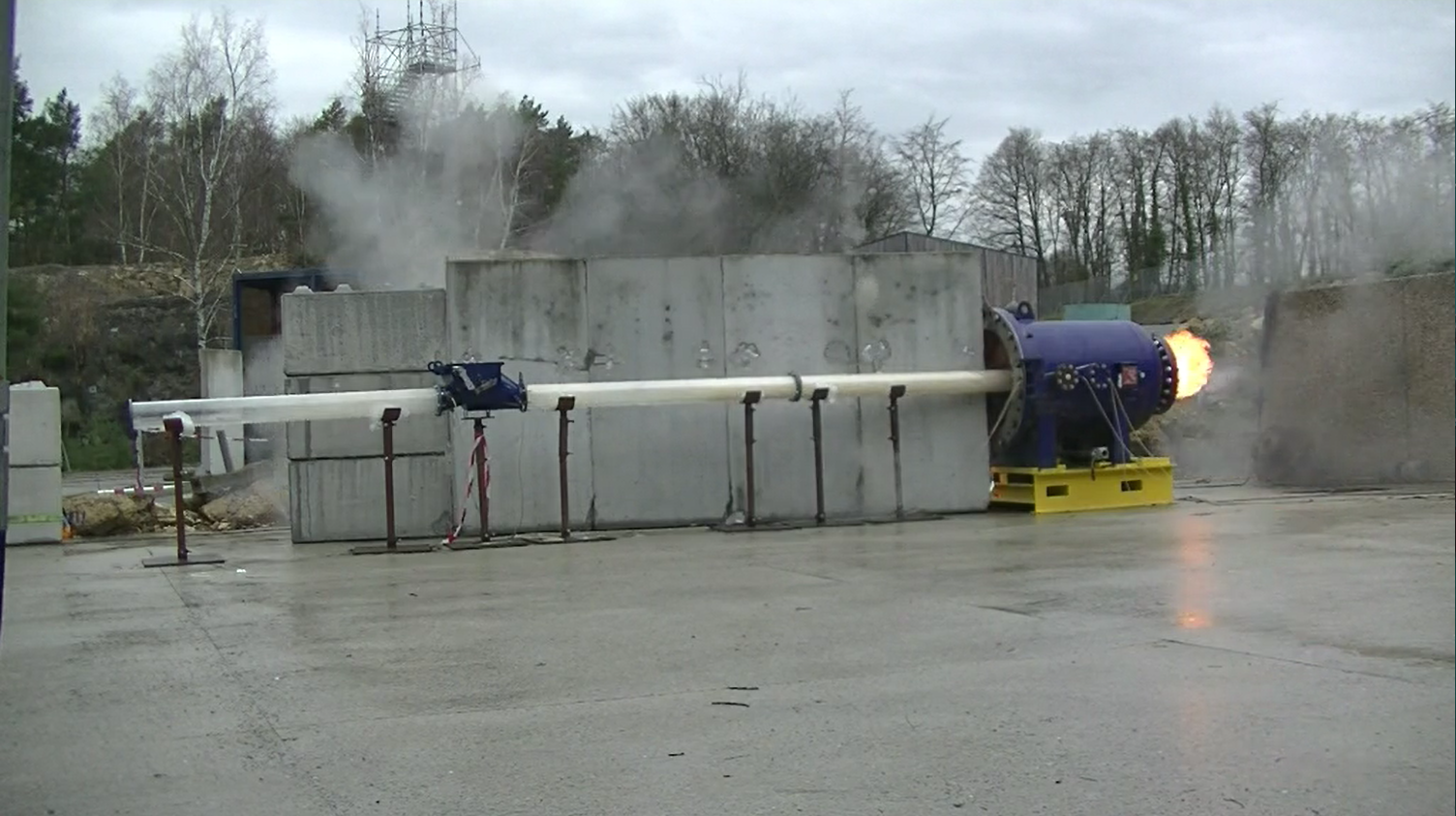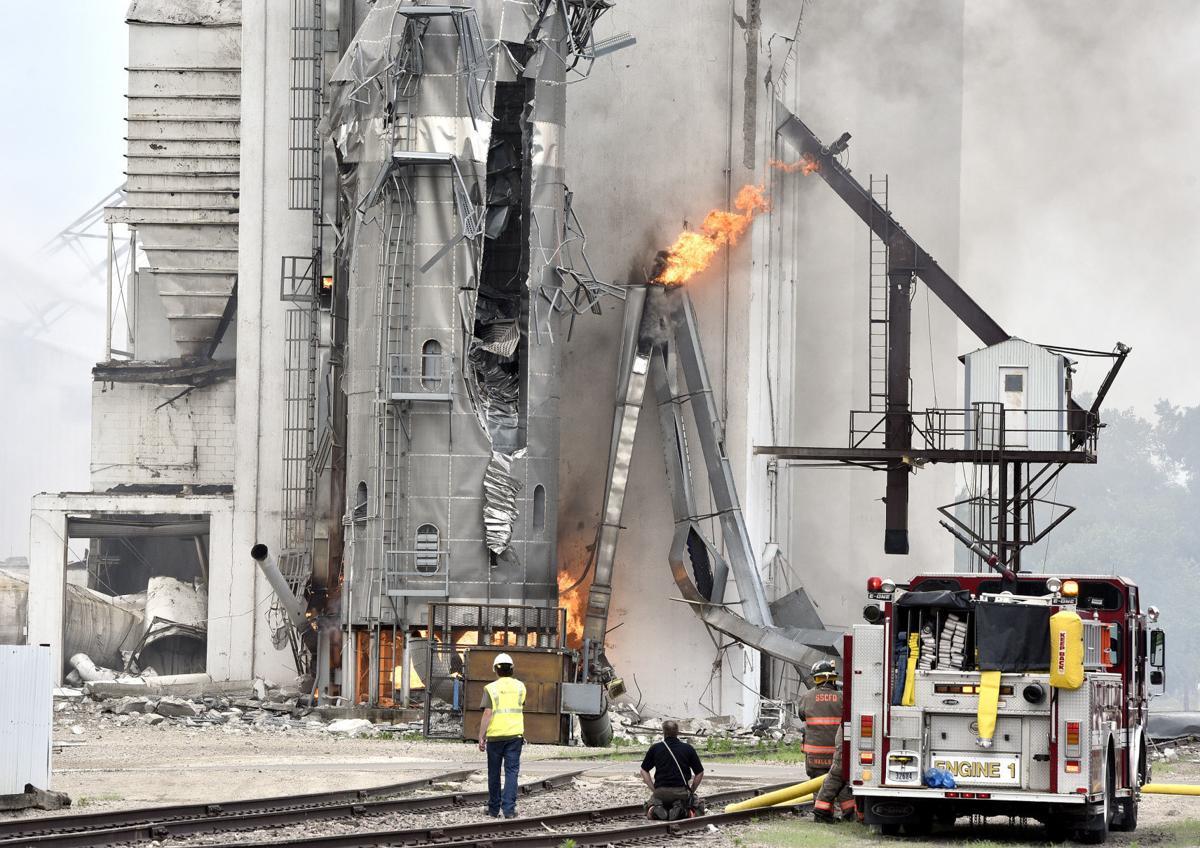NFPA and the European ATEX norms for explosive atmospheres can, in many cases, be a sleeping pad and lead to false security. If you have an approved certificate on your products, one might think that everything is in the best order, but it can be far from correct and the security is not always in order, sometimes the products are not designed correctly or certified in accordance with the intended use. This may mean that the products in many cases are not tested according to the tasks they are used for.
NFPA and the European ATEX norms for explosive atmospheres can, in many cases, be a sleeping pad and lead to false security. If you have an approved certificate on your products, one might think that everything is in the best order, but it can be far from correct and the security is not always in order, sometimes the products are not designed correctly or certified in accordance with the intended use. This may mean that the products in many cases are not tested according to the tasks they are used for.
On the market today, there are several manufacturers of mechanical quick-acting explosion-isolating flap valves also called Flap Valves.
General requirements for Flap Valves are (as defined in EN 16447) an explosion isolation flap valve that prevents a dust explosion from propagating via connecting pipes or ducts to other parts of the plant.
All dust is unique and must therefore be tested to reduce the risk of fire. We measure and test based on the latest industry and technology standards.
Find your own business on the list that handles combustible dust on a daily basis. Learn more about the danger of explosion with your product type.
Build measures to avoid potential explosion hazards. Here you can see the most frequently documented ignition sources, which can predict a fire or, in the worst case, an explosion.
valves are installed all over the world today.
Most Flapvalves are tested, in connection with a single pipeline between the vented vessels and the Flapvalve as described in the present version of EN 16447
These tests do not include the pipeline on the protected zone of the process. Without including the protected zone pipeline in certification testing, flap valves may not experience the same pressures and conditions during testing as they would, when installed in an industrial or manufacturing process. Consequently, the pressure and vibration that are generated in an actual installation, is likely to be significantly more severe than those that are generated during testing, which can lead to mechanical damage and failure isolation.
The test data empirically prove the need of the protected zone pipeline to accurately simulate the conditions that a flap valve will experience during a deflagration in its intended use. Therefore, any test that does not include the protected zone pipeline has likely resulted in the certification and installation of flap valves that may fail when exposed to real-world conditions.
The very high oscillation size in the pipe comes from the strong closure of the flap which converts dynamic pressure (i.e. flow rate) into static pressure and produces shock waves. The oscillations are much smaller in the vessel. So, in real use, it is likely that the pressure in the protected side may be transiently higher than the pressure on the unprotected side due to the high acoustic oscillations on both sides of the flap with Considerable hazards of the possibility of glow and flames may pass, if the locking device is not prepared for a possible reopening and can lead to very dangerous effects.
Process containers with limited mechanical strength, e.g. filter, is often properly protected with pressure relief, to reduce the exploding overpressure in the container to a tolerable amount according to EN 14491. In many cases, explosion insulation is also required in the connected channels according to EN 15089, to avoid explosion transfer to other areas which can cause serious effects on the connected parts of the plant.
The latest test results performed with Flap Valves, associated with explosion-vented vessels, indicates that these devices may affect the explosion process and lead to an increased explosion pressure (Pred).
Since dimensioning of pressure-vented vessels, according to harmonized European standards (EN 14491), does not describe these effects, a hazardous inappropriate consequence of the undersized explosion-vented vessels cannot be excluded. Most Flap Valves have so far been tested for closed containers
Influence of explosion insulation with a Flap Valve on Pred (the reduced pressure) in the connected explosion-vented container

The test and approval must reflect the intended use, in combination with a pipe. This is due to the turbulent effect. It must also include the presence of reductions and/or bends, over/ under pressure flow situation through the test vessel.


The effect on Pred in the connected container caused by the flap valve can be significant. This may have far-reaching consequences, not only for testing but especially for practical use. If the explosion venting on a container is constructed according to EN 14491, it is expected that Pred will not exceed the design pressure. But with a flap valve connected, Pred in the container can reach much higher values!
References
EN 14491:2012, Dust explosion venting protective systems
EN 15089:2009, Explosion isolation systems
EN 16447:2014, Explosion isolation flap valves
2015 Mr Schepp, FSA, Impact of explosion isolation systems on pred in connected vented vessels
2020 Result of STIF Flap valve testing at INERIS, Paris
